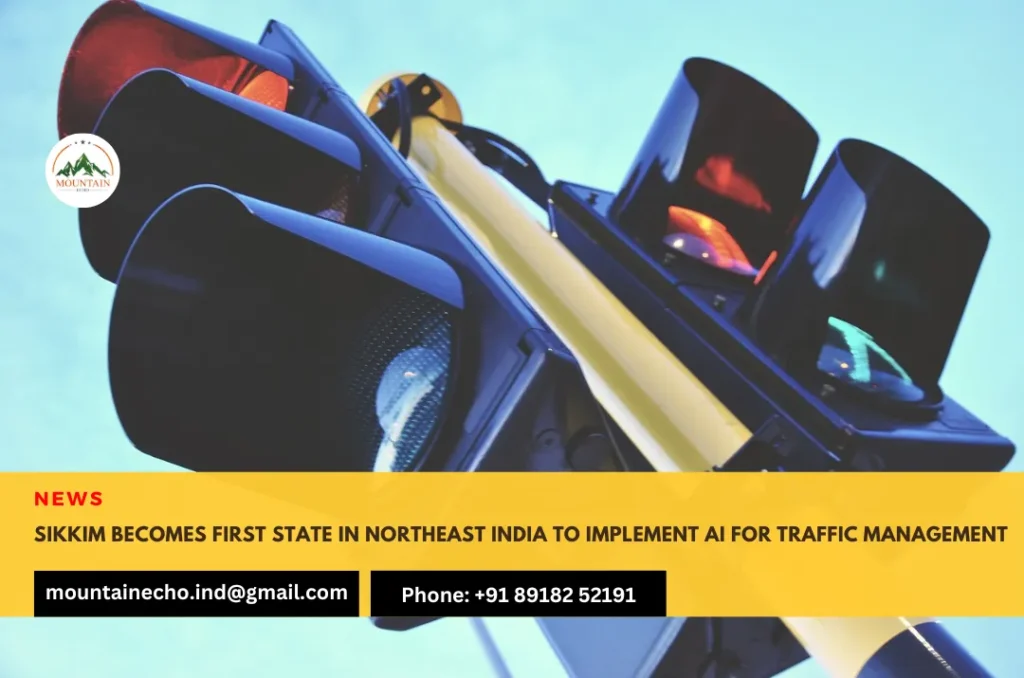Sikkim becomes first state in northeast India to implement AI for traffic management
WhatsApp Channel
Join Now
In a bid to tackle growing traffic congestion, Sikkim has become the second state in India and the first state in the northeast to implement an Artificial Intelligence (AI)-based Traffic Management System (TMS). This initiative, following the footsteps of Delhi, aims to optimize traffic flow and reduce commute times in the state capital, Gangtok.
The announcement was made by Gangtok’s Superintendent of Police, Karma Gyamtso Bhutia, who highlighted the increasing number of vehicles on the roads as the primary reason for the initiative. “We observed a significant rise in traffic volume, leading to congestion and longer commute times,” Bhutia stated. “Inspired by the success of AI-powered traffic management in Delhi, we decided to test its potential at three locations within Gangtok.”
The system will undergo a seven-day trial run at three key locations within Gangtok’s jurisdiction. Right now, the testing areas are Zero Point, Hospital Dara, and 5th Mile Tadong. If this trial of the system shows good outcomes, the other 15-16 AI traffic management systems already set up in different parts of the state will be turned on and used.
AI algorithms will analyze traffic data collected from cameras installed at these intersections. This data will be used to dynamically adjust traffic light timings, optimizing traffic flow and reducing congestion.
“The AI system will not only manage traffic flow but also detect traffic violations through the installed cameras,” Bhutia added. This feature is expected to deter traffic offenses and improve overall road safety.
The success of this trial run could pave the way for wider implementation across the state, potentially serving as a model for other regions facing similar issues. This initiative aligns with the growing trend of using AI technology to address urban mobility challenges in India.
Telegram Channel
Join Now



